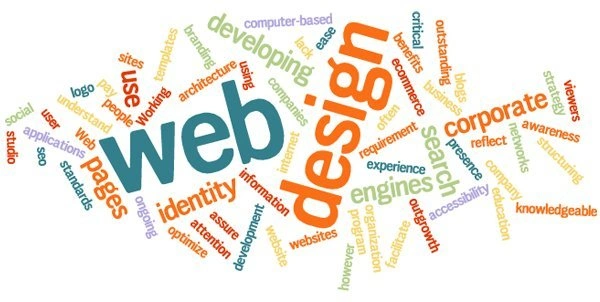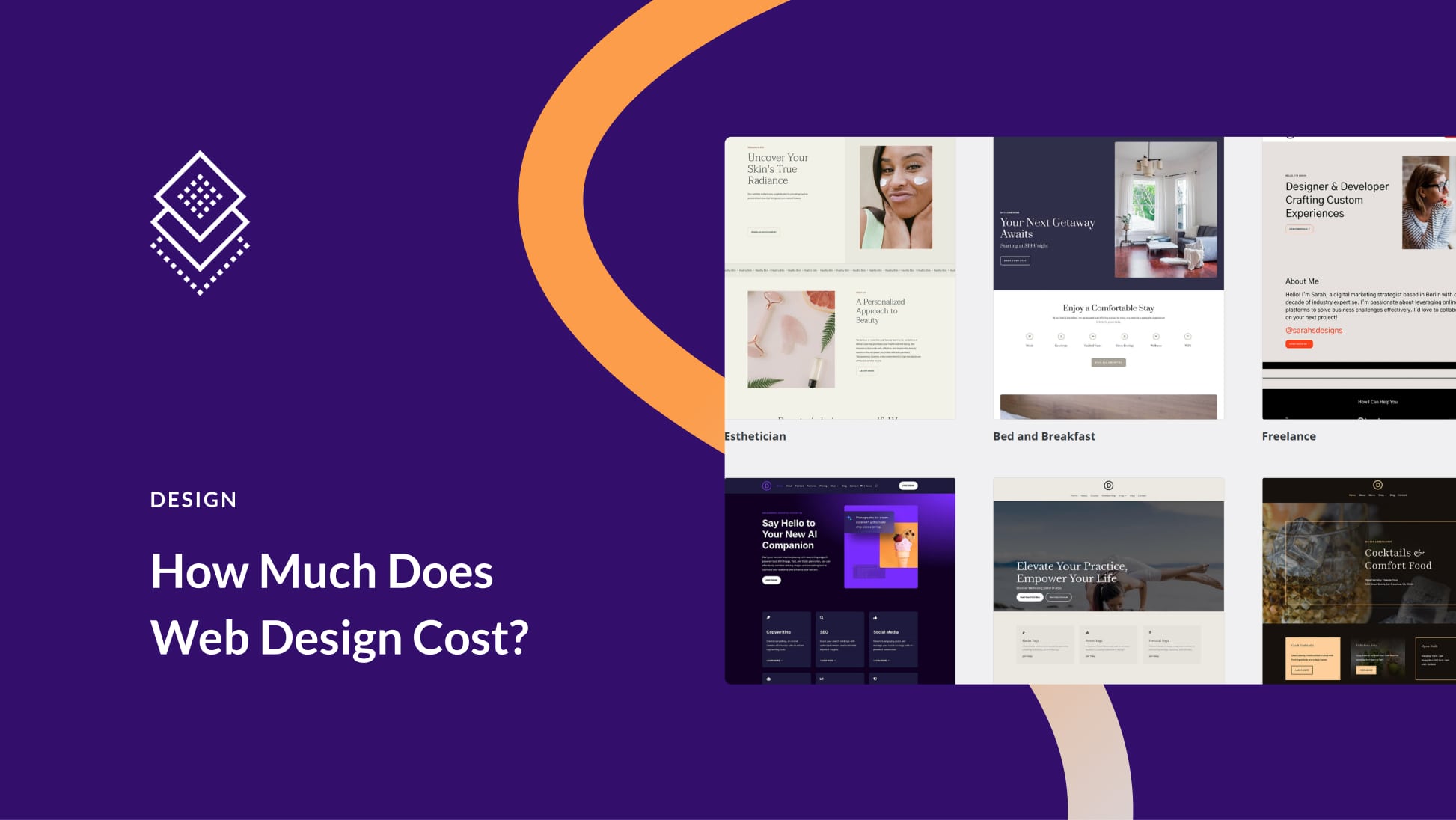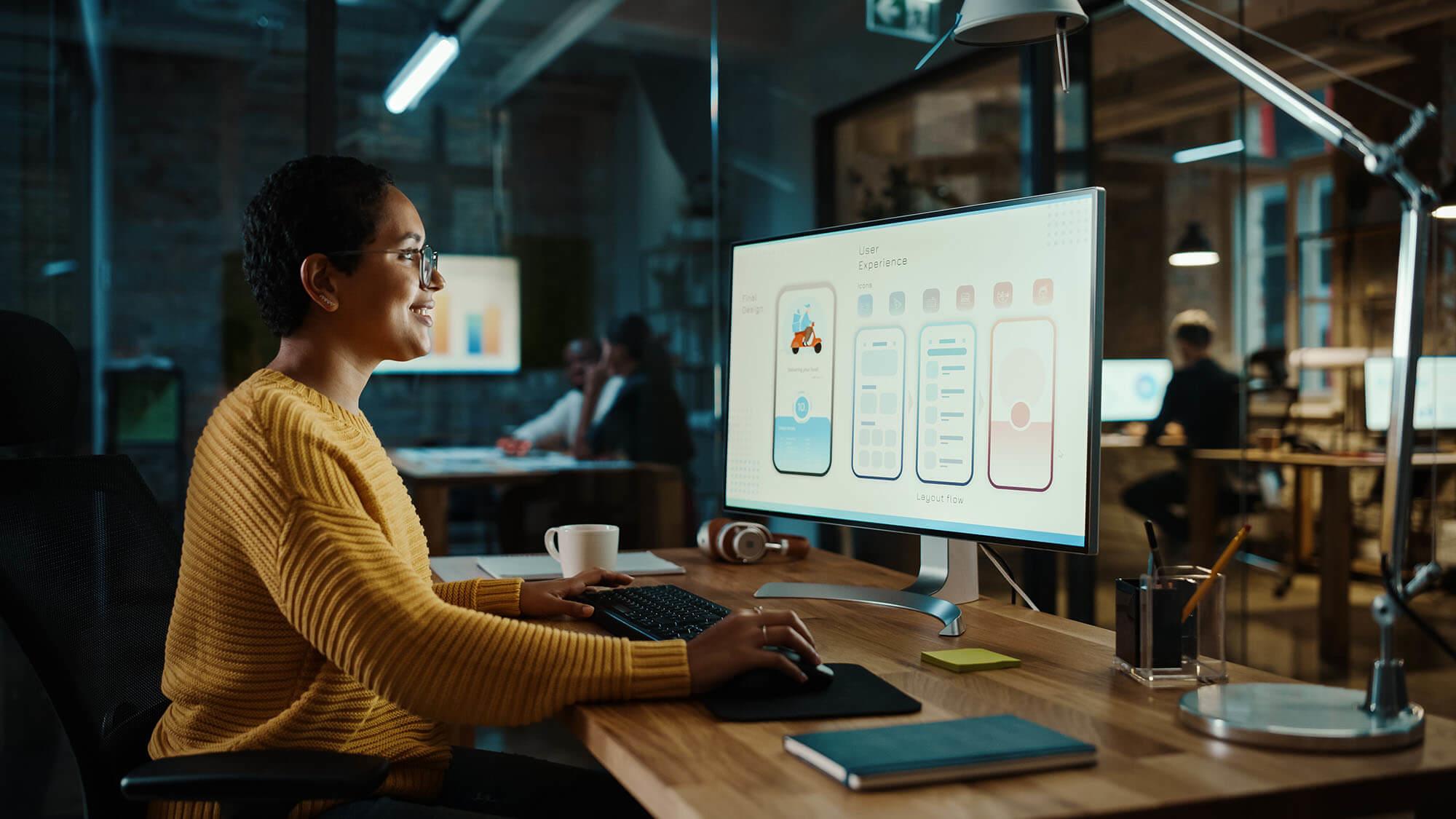Aligned Position Web Design: Comprehensive Web Design Solutions for Small and Large Businesses
Aligned Position Web Design: Comprehensive Web Design Solutions for Small and Large Businesses
Blog Article
The Ideal Types of Web Style to Boost Individual Experience and Engagement
In the ever-evolving landscape of electronic communication, the efficiency of website design considerably impacts user experience and interaction. Different layout approaches, such as minimal, receptive, and interactive layouts, each offer special advantages that can deal with varied customer needs. Comprehending which types of Web layout best serve these goals can be crucial for businesses aiming to enhance client contentment and retention. The inquiry continues to be: which design aspects absolutely resonate with customers and foster purposeful engagement? The exploration of these principles reveals vital understandings that might redefine your strategy to Web layout.
Minimal Website Design
As electronic landscapes end up being progressively messy, minimal website design has actually become a powerful strategy to enhancing customer experience. This layout approach prioritizes simplicity, focusing on necessary aspects while getting rid of unnecessary disturbances. By making use of ample white space, uncomplicated navigating, and a limited shade scheme, minimal style fosters quality and guides user focus to essential web content.
The core concept of minimal Web style is to create a smooth interaction for users. By reducing cognitive lots, individuals can promptly comprehend information without feeling overwhelmed. This straight approach not just improves functionality however also motivates engagement, as site visitors are more probable to check out a website that is visually enticing and simple to navigate.
Furthermore, minimal layout frequently emphasizes typography and images, making use of these components strategically to convey messages successfully. In essence, minimal Web style is not simply a trend; it is a thoughtful technique that acknowledges the relevance of user-centered layout.
Receptive Website Design
In today's diverse electronic setting, receptive website design has actually become vital for creating a seamless user experience across a wide range of gadgets. As individuals accessibility web sites on smart devices, laptops, tablets, and desktop computers, the ability of a website to adapt its format and content to different display dimensions and resolutions is critical.
Receptive website design utilizes versatile grids, pictures, and CSS media queries to make certain that Web content exists efficiently, regardless of the tool made use of. This technique not only enhances the visual allure of a web site however also considerably improves usability. Users are most likely to engage with a site that supplies a constant experience, as it eliminates the aggravation of needing to zoom in or scroll exceedingly.
By adopting receptive layout, businesses can enhance their presence and reach a wider target market. In summary, responsive Web design is an essential technique that enhances individual experience, involvement, and overall contentment.
Interactive Web Design
Responsive Web layout prepares for boosting customer experience, however interactive Web design takes this a step further by involving customers in an extra dynamic way - Aligned Position Web Design. By integrating aspects such as computer animations, clickable prototypes, and real-time comments, interactive website design astounds customers, drawing them right into a richer surfing experience
This approach not just fosters engagement however likewise encourages users to check out material proactively as opposed to passively eating it. Methods such as gamification, where individuals gain incentives for finishing jobs, can significantly boost the moment invested in a website and boost total contentment. Additionally, interactive functions can streamline complicated info, making it a lot more enjoyable and digestible.

Integrating interactive layout elements can likewise bring about higher conversion rates, as customers this hyperlink are more most likely to involve with a site that actively includes them. Aligned Position Web Design. Inevitably, interactive website design transforms individual experiences right into remarkable journeys, making sure that site visitors return time after time
Apartment Layout
Identified by its minimalistic approach, flat design stresses simpleness and capability, removing unneeded aspects and concentrating on important features. This layout ideology focuses on use, making certain that customers can navigate interfaces easily and effectiveness. By employing a clean visual, level design eliminates the clutter frequently found in more luxuriant designs, thereby boosting individual concentrate on content and capability.
The trademark of flat design lies in its usage of vibrant colors, easy typography, and geometric shapes. These components add to a visually appealing interface that is both modern and friendly. In addition, flat design cultivates a feeling of clarity, permitting individuals to discern crucial activities and info without interruption.
Furthermore, level design is specifically effective in responsive website design, as its simpleness equates well throughout different tools and screen dimensions. The lack of intricate appearances and gradients decreases filling times, which is vital for preserving customer interaction. As electronic landscapes continue to advance, flat design stays a relevant selection for creating straightforward sites that boost total experience. By concentrating on necessary attributes, level layout not only fulfills user requirements but likewise urges smooth interaction, making it an essential element of reliable website design techniques.
Adaptive Website Design
Flexible website design tailors the individual experience by developing several fixed designs customized to different display sizes and devices. Unlike responsive layout, which fluidly adjusts a single design, adaptive style uses distinct formats for specific breakpoints, making certain optimum discussion on various platforms. This method enables designers to focus on the one-of-a-kind characteristics click here for more of each tool, improving usability by supplying exactly what users need based upon their context.
Among the key benefits of flexible website design is its ability to optimize tons times and performance. By offering customized web content and images that fit the customer's tool, internet sites can lessen data use and improve loading rates. This is especially helpful for users with slower connections or minimal data strategies.

Furthermore, flexible design facilitates a more consistent and regulated branding experience. Since designers produce several formats, they can make sure that the visual aspects align with the brand name's identity across various systems - Aligned Position Web Design. This results in a cohesive individual experience, boosting engagement and promoting customer retention
Final Thought
Minimal design cultivates clearness and focus, while receptive design makes sure flexibility across various tools, promoting accessibility. Collectively, these layout approaches add to the creation of easy to use settings that not just boost fulfillment however likewise drive greater conversion rates, emphasizing their critical importance in modern Web style approaches.

Minimal design promotes quality sites and focus, while receptive style makes certain adaptability across numerous devices, promoting availability. Jointly, these design comes close to add to the creation of easy to use environments that not only improve fulfillment however additionally drive greater conversion prices, emphasizing their essential importance in contemporary Web layout strategies.
Report this page